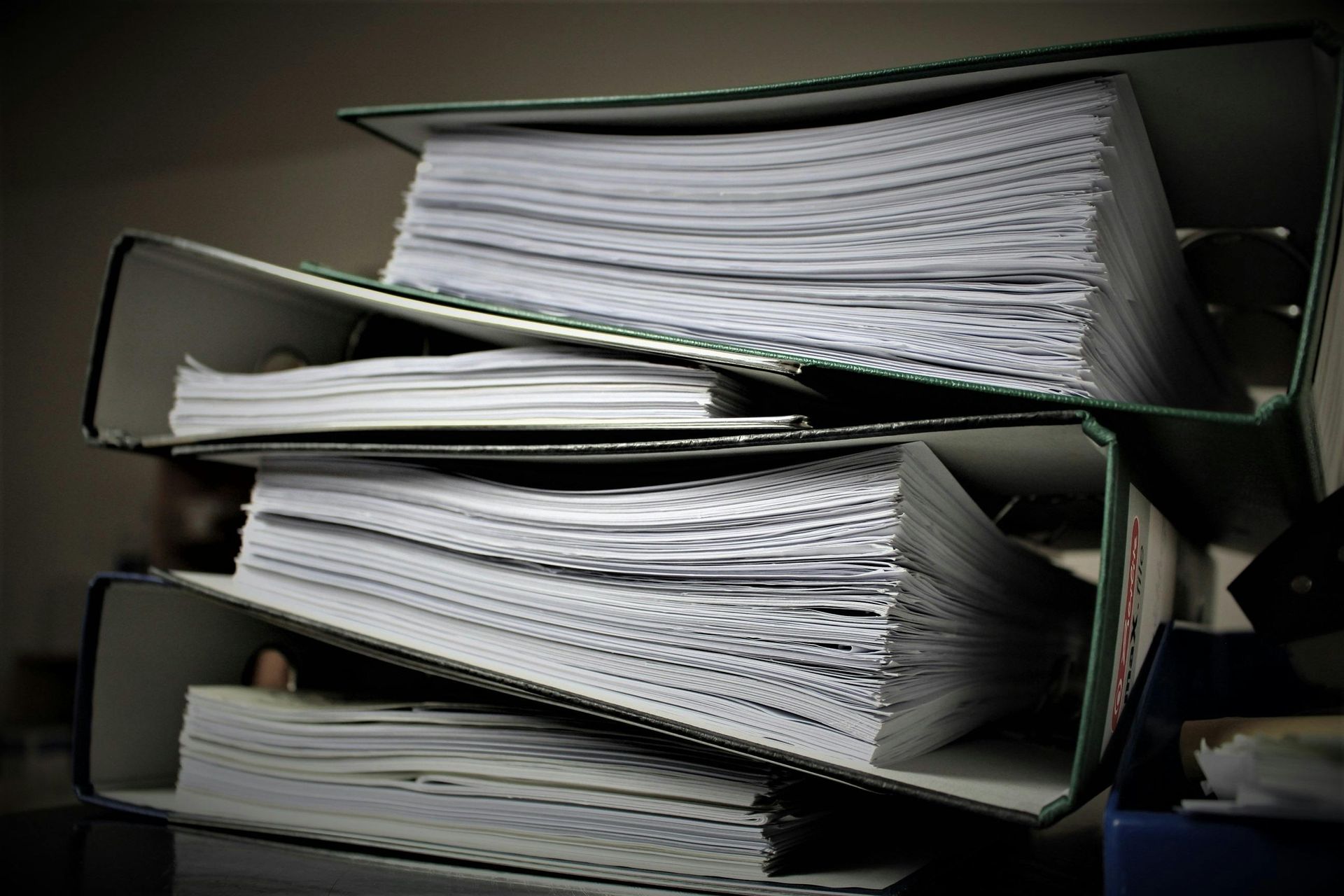The Dangers of Workplace Lifting Injuries: What You Need to Know?
Your Guide to Risks and Dangers of Workplace Lifting
Getting injured at the workplace while lifting is an unfortunately common issue many people face. These occur if work-related items are carried, picked up, or lowered down improperly. The types of injuries you could face include anything from strained muscles to more extreme back or leg problems.
This article will detail some of the major elements that contribute to workplace accidents and injuries in St. Louis, MO. This also includes what to do if you should find yourself injured while at work and unsure about what steps to take next.
Types of Lifting Injuries at Work
The CDC formally calls these
musculoskeletal disorders (MSDs) and ergonomics. According to their data, the major culprits of work-related injuries include the following:
- Regularly lifting heavy objects
- Continued exposure to bodily vibrations
- Regular work done overhead
- Any work that continually flexes the neck
- Other forceful work done regularly
MSDs can lead to work-based consequences like lost labor and workers' compensation. Even worse, they could leave you with long-term or permanent pain and disability and impair your regular daily functions.
Common Types of Workplace Lifting Injuries
MSDs carry an extensive range from tears and strains to herniated discs, bone breaks, and fractures. The most common types of injuries are listed below:
- Strains: Damage to the muscle or tissue attaching a muscle to a bone. These are usually minor, but they can cause lasting pain and difficulty.
- Sprains: Injury to the bands of tissue connecting two bones together. This is a more serious injury than a strain. Severe sprains may require surgery to correct with a long recovery period.
- Herniated discs: Occurs when a spinal disc pushes itself through a crack in the exterior part of the bone. These can lead to extreme pain and difficulty walking or functioning.
- Spinal fractures: A gravely serious injury when a bone of the spine cracks or breaks. Herniated discs can also occur along with fractures.
How to Avoid and Prevent Accidents
Workplace lifting accidents can occur from many different sources. Sometimes, an unforeseen problem like an improperly loaded box could yield an injury. However, there are several steps you can take to minimize your risks and improve your overall safety while working.
Properly Trained Lifting Techniques
There is a "right" way and a "wrong" way to lift heavy objects. Your employer should provide training that helps you understand this difference. But in the end, it is your responsibility to follow proper technique every time you lift.
Safety Programs
Additional safety programs can keep everyone more in tune with maintaining proper techniques. This is especially helpful whenever lifting expectations change at work.
Adequate Breaks and Rest Periods
Employees must have access to regular rest periods and breaks – especially when lifting objects for long periods of time. Rest breaks are imperative to maintaining safe lifting form.
Excessive work expectations or too few breaks can lead to fatigue, which can negatively impact your form. This puts you at a much greater risk of a lifting accident.
Speaking Up If Something Feels Wrong
Workers should feel safe and encouraged to report any accidents, pain, or other problems to their supervisors. Employers have a duty to take these types of injuries seriously.
In many cases, a workplace environment may promote a "work first" culture that discourages reporting injuries for the sake of timeliness or meeting quotas. This type of toxic work environment could easily cause you to feel pressure to "work through the pain." And this could make an injury even worse if left untreated.
When to Seek Medical Help
If you have a workplace lifting injury, immediate medical attention is absolutely critical. Even if it doesn't seem like a major issue, you need to be evaluated by a medical professional.
Part of the problem with many injuries like this is that you don't feel the pain or other symptoms until days or weeks post-accident. Getting a medical evaluation ASAP ensures that any injuries can be treated immediately.
Get the Help You Need with a Workers' Compensation Attorney
Your next course of action is to file a workers' compensation claim with your employer. This will allow you to seek compensation to cover the related medical cost, lost wages, and other expenses.
While this can seem overwhelming, properly filing your workers' comp claim is imperative for lifting injuries at work.
If you are dealing with this injury in St. Louis, MO, you should get in touch with a workers' compensation attorney immediately. They can help you navigate through the complex process to make sure you get the compensation you deserve.
To learn more about how we can help, contact us today.








